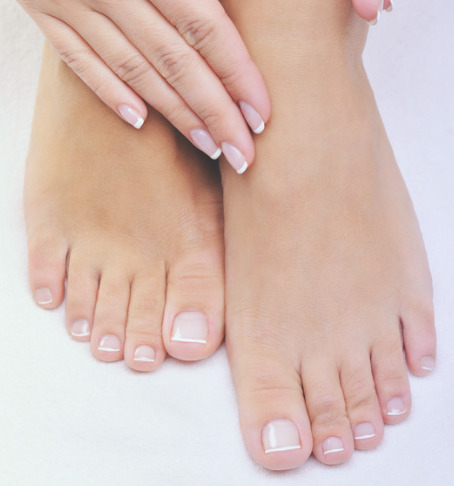Toe-tally Twisted: Pincer Nails Exposed
Whilst many of us are aware of the ingrown nail condition, we hear less about a pincer nail which can resembles the shape of a spoon.
A pincer nail, also known as a pinched or trumpet nail, is a condition in which the sides of the toenail curve inward, creating a pinching effect that often causes severe pain for patients.
Symptoms of Pincer Nail
Pincer nails are often characterized by nail thickening and deep, exaggerated curves of the nail and this curvature can cause discomfort, pressure and in severe cases pain along the skin at the top of the toenail at the nail bed. So far 3 varieties have been described in pincer nail literature.
If left untreated, pincer nails can lead to complications such as chronic inflammation, recurrent infection or open sores affecting the daily lives of afflicted patients. This condition affects the ability of patients to walk or wear shoes and some severe cases even require elective tip of the toe amputation where osteophytic lipping is seen.
The condition is more common in women and typically presents in the fifth decade. It occurs frequently on the toes, particularly the big toenails lesser so on the fingernails. Whilst ingrown toenails are more prevalent in young adults and teenagers, pincer nails are more often seen in older adults.
Causes of Pincer Nail
Several factors can contribute to the development of pincer nails, including genetics, trauma or injury to the toenail and underlying medical conditions such as gastrointestinal malignancies, renal failure, osteoarthritis and Kawasaki disease.
Long-term use of beta-blockersβ also causes pincer nails, occurring after 6-12 months. However, spontaneous improvement is noticed after stopping the drug. In addition to beta-blockers, pamidronate is another drug suspected to cause PND.
Pincer Nail Prevention
To prevent pincer nails, it’s essential to trim toenails straight across and also avoid cutting them too short or rounding the edges. Wearing comfortable, well-fitting shoes can also help reduce pressure on the toenails.
Treatment of Pincer Nail
Treatment options for pincer nail may include:
- Trimming and filing the nail to reduce the sharp edges.
- Wearing wide-toed shoes to reduce pressure on the nails.
- Using special nail braces or splints to help flatten the nail.
- Partial nail avulsion.
Trivia: A pincer nail (PN) was first named as “incurvated nail” in 1950 by Frost and later as “pincer nail” by Cornelius and Shelley in 1968.
If you suspect you have pincer nails, it’s advisable to seek the advice of a podiatrist. They can assess your condition, recommend appropriate treatment options and provide guidance on nail care to alleviate any issues.
Are you suffering from any nail condition? At The Chelsea Clinic, we can help. One of our podiatrist can assist and then recommend what treatments are best to get you back on track. Podiatrist South Kensington
Schedule an appointment here or you may call us at +44 (0) 207 101 4000.
We hope you have a feetastic day!
-The Chelsea Clinic and Team




